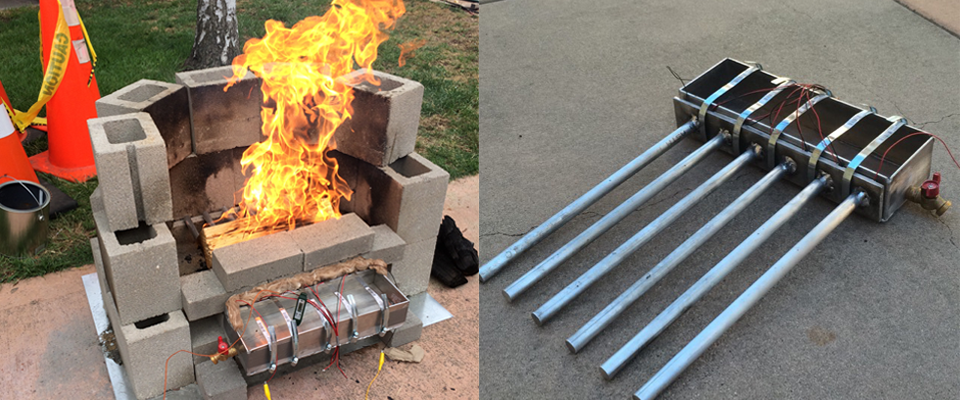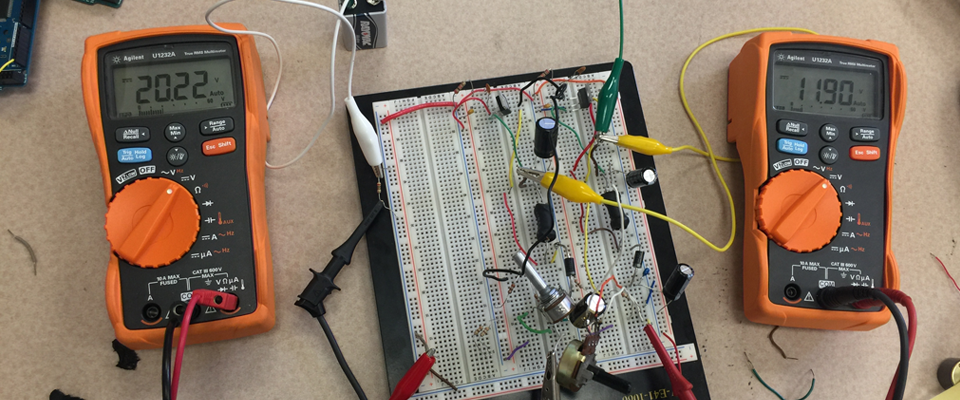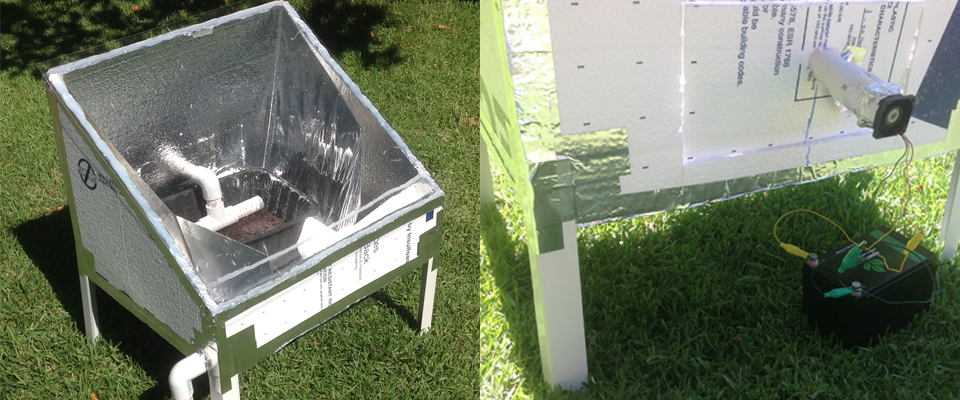Generation

In many developing nations around the world, people still use indoor stove fires in order to cook their food. A lot of these residences do not have an adequate ventilation system to displace a lot of the poisonous gases that build up in their homes. Not only do indoor stove fires release dangerous chemicals such as carbon monoxide, it also reduces the oxygen levels in a room. Reducing the oxygen levels from 21% to 17% can cause impaired judgement, and at 9% can cause unconsciousness. The generation team designed, implemented, and tested a viable solution to this worldwide problem by essentially taking the excess heat from the fire and turning it into electrical energy to power a ventilation system. The cost effecient system developed could save over one million lives per year in the developing world. In addition to help filter the air, the generation team also incorporated a water pasteurization system that would use the heat generated to kill pathogenic microbes. The final report produced by this team can be found here.

